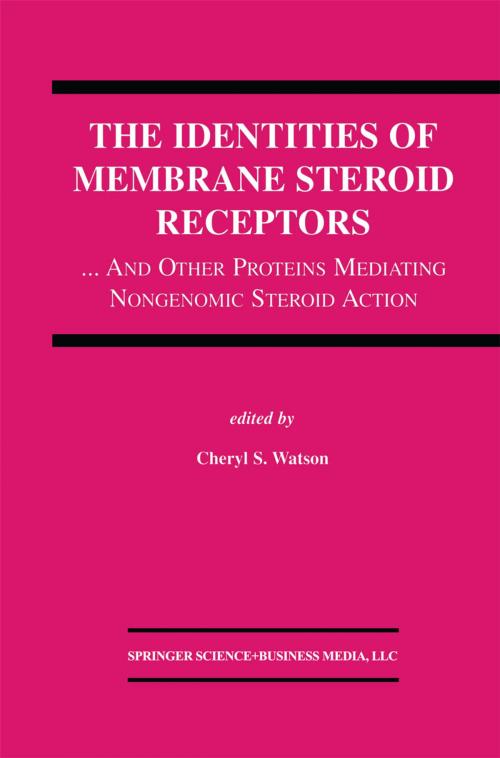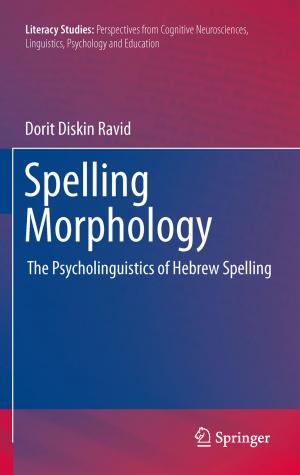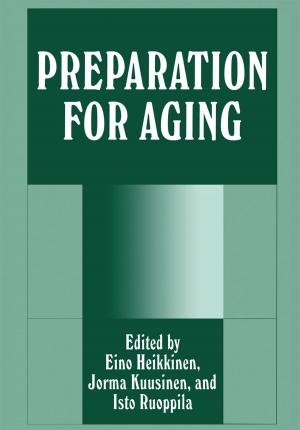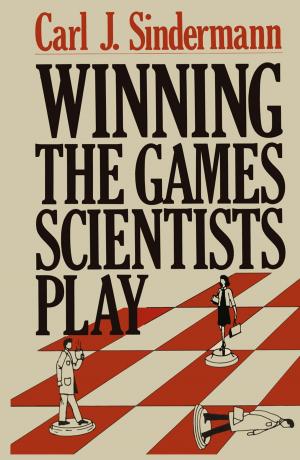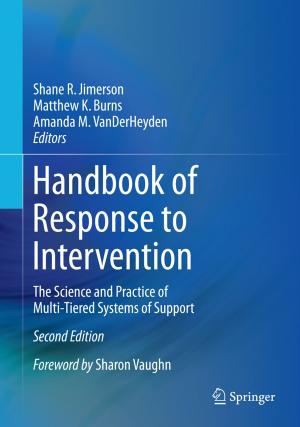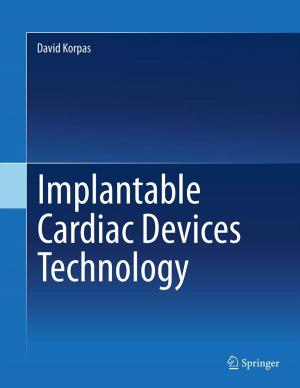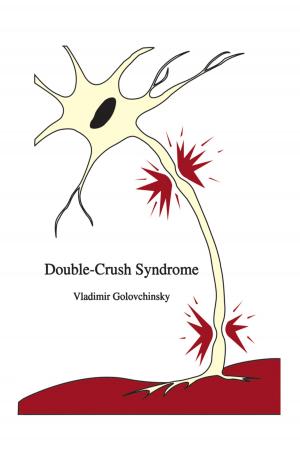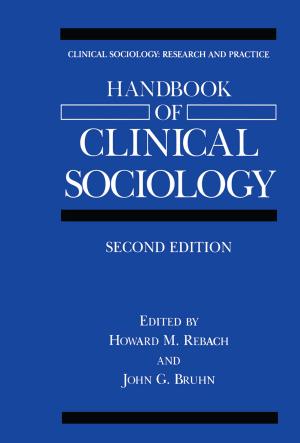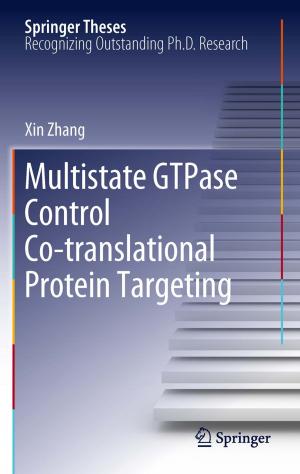The Identities of Membrane Steroid Receptors
...And Other Proteins Mediating Nongenomic Steroid Action
Nonfiction, Science & Nature, Science, Biological Sciences, Biochemistry| Author: | ISBN: | 9781461503392 | |
| Publisher: | Springer US | Publication: | December 6, 2012 |
| Imprint: | Springer | Language: | English |
| Author: | |
| ISBN: | 9781461503392 |
| Publisher: | Springer US |
| Publication: | December 6, 2012 |
| Imprint: | Springer |
| Language: | English |
Cheryl S. Watson University o/Texas Medical Branch Cellular steroid action has been thoroughly studied in the nuclear compartment. However, nuclear steroid receptor mechanisms have been unable to explain some of the rapid activities of steroids, partiCUlarly those which occur in a time frame of seconds to minutes [reviewed in (1;2)]. Based on these and other considerations, an alternative membrane-associated receptor form was long ago proposed to exist (3). Others interpret the location of the steroid receptors mediating these rapid effects as peri membrane or cytoplasmic. New experimental tools have been brought to bear on the topic of receptors for steroids which mediate non-genomic actions, and thus investigative activity and focus regarding this type of steroid receptor has recently increased significantly. However, there may be multiple answers to the question "how do steroids mediate rapid nongenomic effects?" Steroid actions initiated at the cell membrane can impinge on important phases in the lifespan of a cell: proliferation, migration, differentiation, and release of hormones or neurotransmitters functioning as signals to other cells.
Cheryl S. Watson University o/Texas Medical Branch Cellular steroid action has been thoroughly studied in the nuclear compartment. However, nuclear steroid receptor mechanisms have been unable to explain some of the rapid activities of steroids, partiCUlarly those which occur in a time frame of seconds to minutes [reviewed in (1;2)]. Based on these and other considerations, an alternative membrane-associated receptor form was long ago proposed to exist (3). Others interpret the location of the steroid receptors mediating these rapid effects as peri membrane or cytoplasmic. New experimental tools have been brought to bear on the topic of receptors for steroids which mediate non-genomic actions, and thus investigative activity and focus regarding this type of steroid receptor has recently increased significantly. However, there may be multiple answers to the question "how do steroids mediate rapid nongenomic effects?" Steroid actions initiated at the cell membrane can impinge on important phases in the lifespan of a cell: proliferation, migration, differentiation, and release of hormones or neurotransmitters functioning as signals to other cells.
